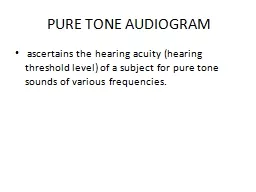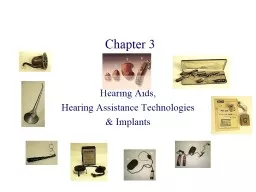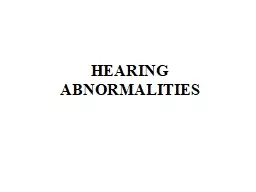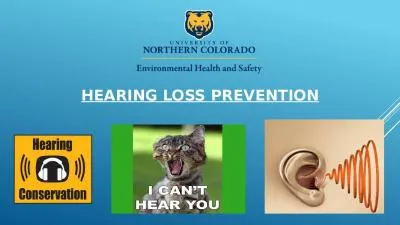PPT-Seeing from Hearing
Author : myesha-ticknor | Published Date : 2015-11-25
Visualizing Crustal Thickness from activesource seismology Why Care Understanding the fine details of what is happening beneath the Earth is largely an open ended
Presentation Embed Code
Download Presentation
Download Presentation The PPT/PDF document "Seeing from Hearing" is the property of its rightful owner. Permission is granted to download and print the materials on this website for personal, non-commercial use only, and to display it on your personal computer provided you do not modify the materials and that you retain all copyright notices contained in the materials. By downloading content from our website, you accept the terms of this agreement.
Seeing from Hearing: Transcript
Download Rules Of Document
"Seeing from Hearing"The content belongs to its owner. You may download and print it for personal use, without modification, and keep all copyright notices. By downloading, you agree to these terms.
Related Documents

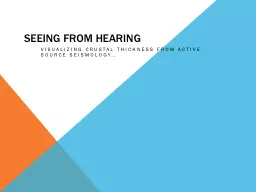
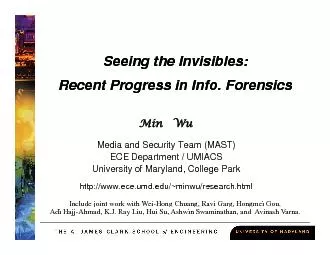
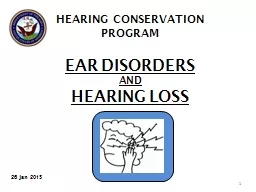
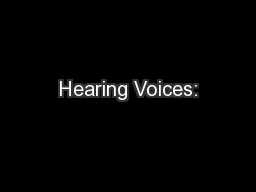
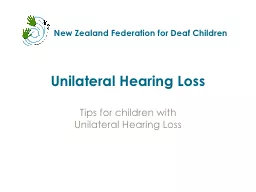
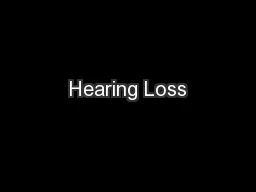
![[READ] - Leveraging Intersectionality: Seeing and Not Seeing](https://thumbs.docslides.com/905919/read-leveraging-intersectionality-seeing-and-not-seeing.jpg)
